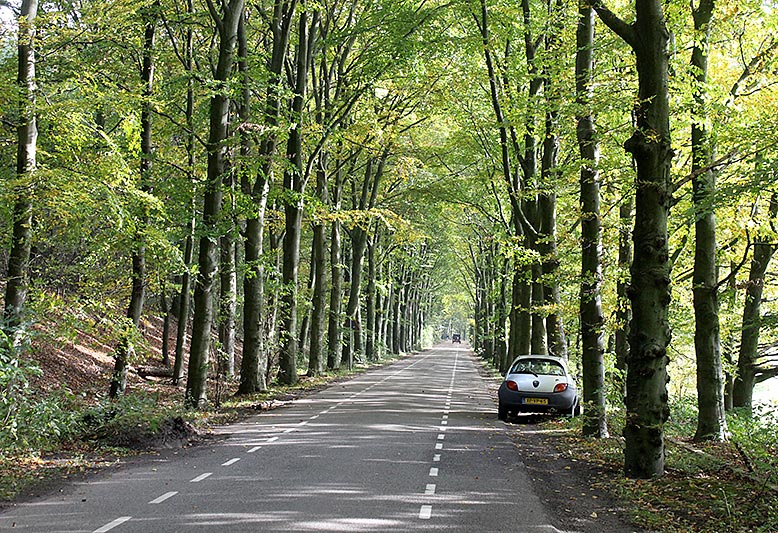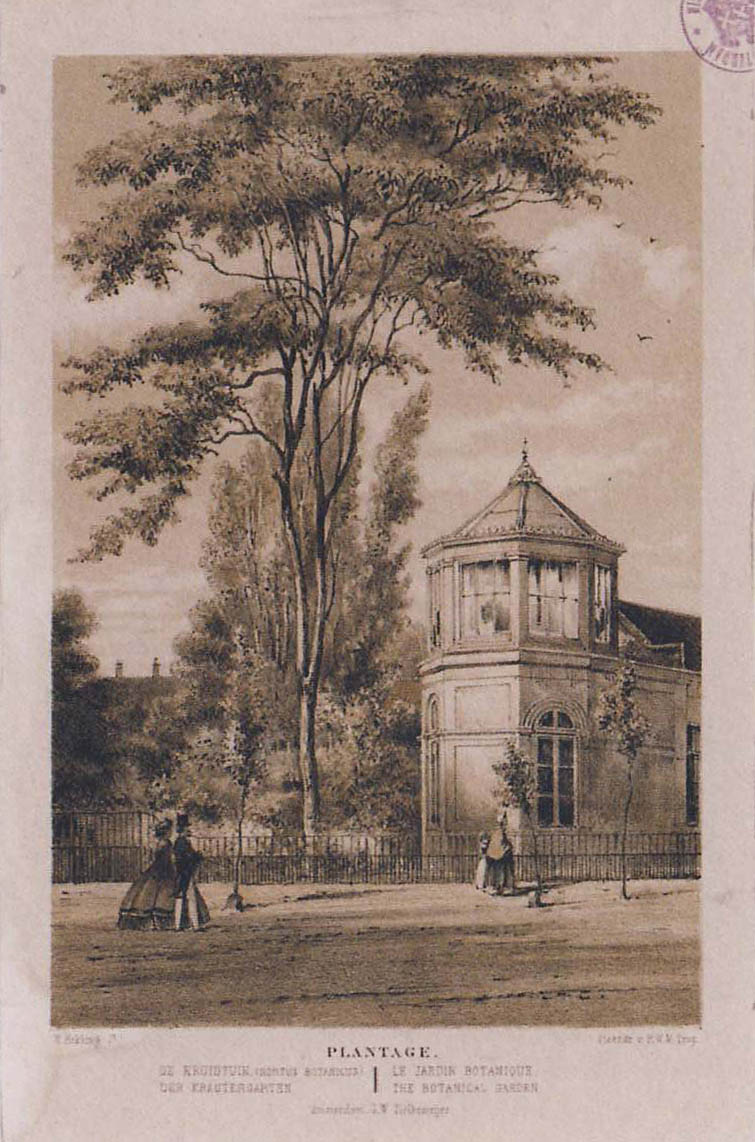Sometimes a blog should be daily news, like today, January 11, 2012. On my first Google search quest in today’s researching I stumbled on this beauty of a typographical landscape (Google). The (letter) types beautifully cut open the strata that compose the architecture of a landscape.

Michiel Pouderoijen dug up (googled?) that this layered 3d graphic honors the anniversary of Danish anatomist and geologist Nicolas Steno (1638 – 1686) aka Niels Stensen in his Danish language. Steno did not only study anatomy in a time when this was almost a crime still in Italy, but also became known as the “… father of stratigraphy.” … “Steno’s ‘law of superposition,’ — simply put — says that the oldest rock layers are sequentially deposited on the bottom unless otherwise disturbed.” (Cavna) . He also connected fossils with this idea of time being inscribed into the landscape. In his time, long before Darwin, even introducing history into nature was almost a crime. But (just like Darwin) Steno was also blessed with good faith in God and somehow he became blessed by the catholic church in the 20th century anyways (Wikipedia).
For us, 21st century landscape architects and urbanists the daily applying of various layer models is almost as common as the use of Google for anybody. We tend to forget that both ways of intellectual digging – googling and layering – are methods made possible only by great achievements of science.

If you want to know more about this specific finding in history, just dig for it in Google. Only today it’s on the top layer.
Google 2012 http://www.google.com accessed 11.1.2012
Cavna, M. 2012 http://www.washingtonpost.com/blogs/comic-riffs/post/nicolas-steno-google-doodle-logo-digs-deep-to-celebrate-danish-father-of-geology/2012/01/10/gIQA9YNkpP_blog.html accessed 11.1.2012
Wikipedia http://en.wikipedia.org/wiki/Nicolas_Steno accessed 11.1.2012




Hi Daniel,
Great contribution! This asks for a book review on ‘Tales from the Underground’ as my next blog.
P.S.: In the stunningly beautiful BBC Galapagos (2006) Documentary i heard the narrator (very British Tilda Swinton) say, that Charles Darwin had a copy of Charles Lyell’s Principles of geology (1830) aboard the ‘Beagle’ when he first landed on the Galapagos. During his visit Darwin collected species. Much later he called his Galapagos experience the origin of the Origin of Species. The book that Darwin published in 1859 changed the world of natural sciences. It had the same London Editor, where Lyell had published his Principles – Steno is quoted at Lyell as the most remarkable work of this period (Lyell p. 31). Darwin took Steno in a Lyell book quote in his naturalist cabin aboard the Beagle around the world.
Through the Anatomy of Muscles (Steno 1664) to Stratification of Soils (Steno 1669, quoted by Lyell 1832) to the Evolution of Species (Darwin 1859). And all was carried around a book that you can take on a ship traveling around the world and inside dome of the finest brains of mankind. – What a beautiful line a thought!
Architects and scientists alike love these euphoric moments when “all comes together” like in Darwin’s theory. Sometimes Bibliography is all we need to make a scientist’s day a happy one – and that of a (landscape) architect too:
Bibliography
Darwin, Charles R. (1859). On the Origin of Species by Means of Natural Selection or the Preservation of Favoured Races in the Struggle for Life. London, John Murray.
Lyell, Charles (1830). Principles of geology; being an attempt to explain the former changes of the earth’s surface, by reference to causes now in operation. London,, J. Murray. (quoted here p.31 of the 1832 Edition available on Google Books)
Steno, Nicholas (1664) De Musculis & Glandulis Observationum Specimen. Paris, 1664
Steno, Nicholas (1669) De solido intra solidum naturaliter contento dissertationis prodromus, Firenze ‘ex typographia sub signo stellae’ (English: Concerning Solids naturally contained within solids)
Galápagos (TV Series 2006) available on DVD from BBC Video of BBC iPlayer App